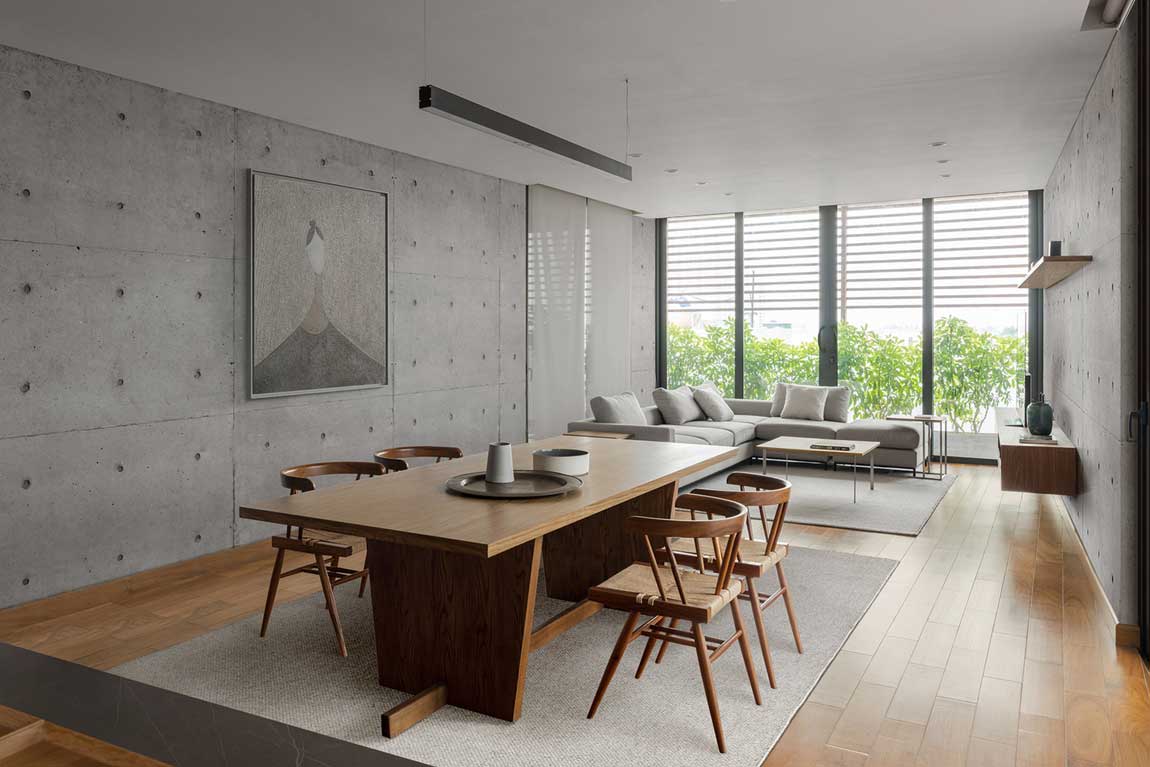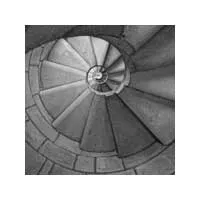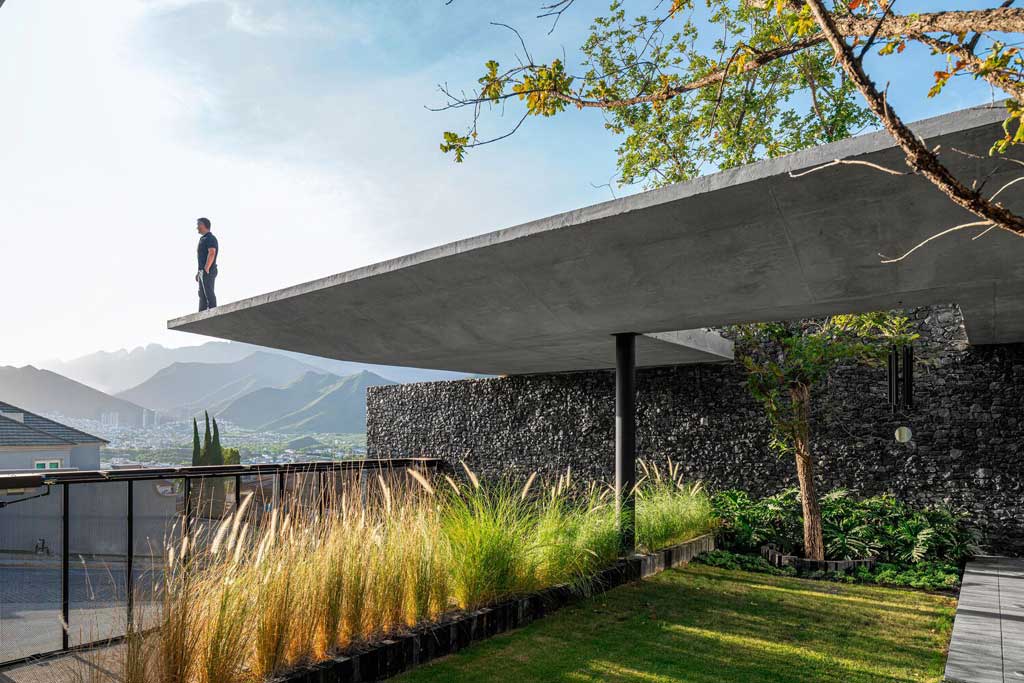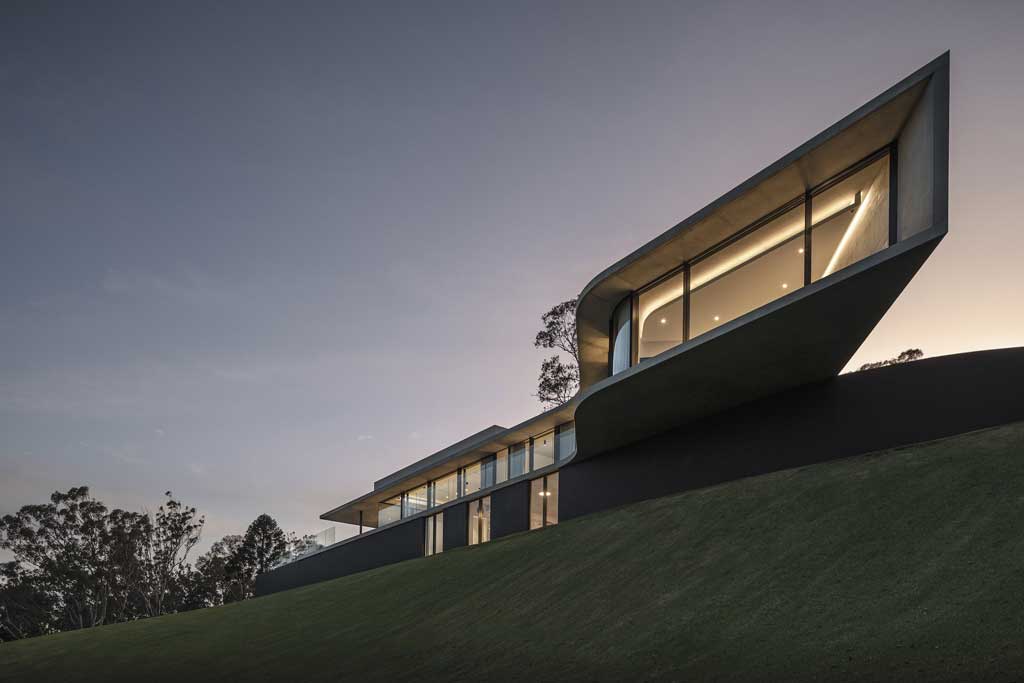Not everyone loves the sight of exposed brick in their home, and that’s okay! For homeowners who are seeking a cleaner, more modern feel, concrete walls can give your space the sleek style you’ve been looking for without sacrificing any of the warmth or character that makes your house yours. Here’s what it looks like to add concrete interior walls to your home!

Introducing the trend
Concrete walls are a trend that is becoming more and more popular in the interior design world. It’s not only great for the exterior, but it’s also suitable for indoors – especially in the kitchen and living room! Some people might be wondering what these walls look like, but they’re quite beautiful. They come in many different textures and colors depending on your personal preference. A cement wall interior will give your space a modern feel with a rustic twist to it, which could work well with some decor styles while other styles might not work as well. If you’re still unsure about how this type of wall could look, here are some tips on how to incorporate them into your home!

The benefits of using concrete walls
Concrete internal walls are gaining traction with many homeowners who want an industrial feel in their houses. Not only do these walls offer a space that feels warm and inviting, but they also provide insulation. Another perk: since they are so durable and sustainable, they don’t need to be painted or touched up regularly which can save you a lot of time and money on your monthly budget.

They not only look great but concrete is super practical as well! They’re stain-resistant, waterproof, extremely durable, and termite proof. If all that wasn’t enough you’ll notice how heat doesn’t conduct through concrete as it does in some other materials so it makes for comfortable temperatures during those hot summer months. You really will love what having concrete walls around means for your home!

Concrete Internal Wall Images – Third Paragraph: Below we have provided some stunning images of what some creative owners have done with their interior concrete wall options. Feel free to get inspired by these images as every project is different and there are no limits to what people use their projects as inspiration for. We hope you enjoyed them!

Incorporating concrete walls into your home décor
A modern home decor trend is to use concrete walls as the focal point and make them the main aesthetic. The idea is to keep the look clean and minimalistic by adding accent pieces and furniture in other materials.

There are many benefits to using cement walls in your interior design, one being the high level of insulation. Unlike drywall, concrete holds heat during winter and cools it down during summer because it does not absorb any thermal energy from its surroundings, which can save you a significant amount on heating bills over time. Another great benefit to concrete walls is that they’re easy to maintain; all you need for cleaning is soap and water!

FAQs about concrete interior walls
What are some benefits of concrete interior walls?
- They can be a low-cost option compared to other materials and can add a contemporary feel to your space.
- They are less susceptible to moisture, rot, and pests than natural walls.
- They can be painted any color you want.
What are some disadvantages of concrete interior walls? - It is recommended that you consult with an experienced contractor if you plan on installing them as they can be difficult for inexperienced people to install themselves.
- The surfaces may need sealing or painting every few years depending on the use and location of the wall.

Tips for pulling off the look
Concrete walls in the home have become more popular in recent years and it’s not hard to see why. The look is chic, industrial, and natural all at once. You can find concrete walls on the exterior or interior of a space and either way they’ll make a statement. To pull off this trend successfully, there are a few things you need to know about concrete walls before starting any design work:
- What color should I paint my concrete walls?
- Do I need to seal them?
- Can I cut into the cement wall with a saw?
- How do I install drywall over my concrete wall?
- How do I know when to hire professional help for my project?







